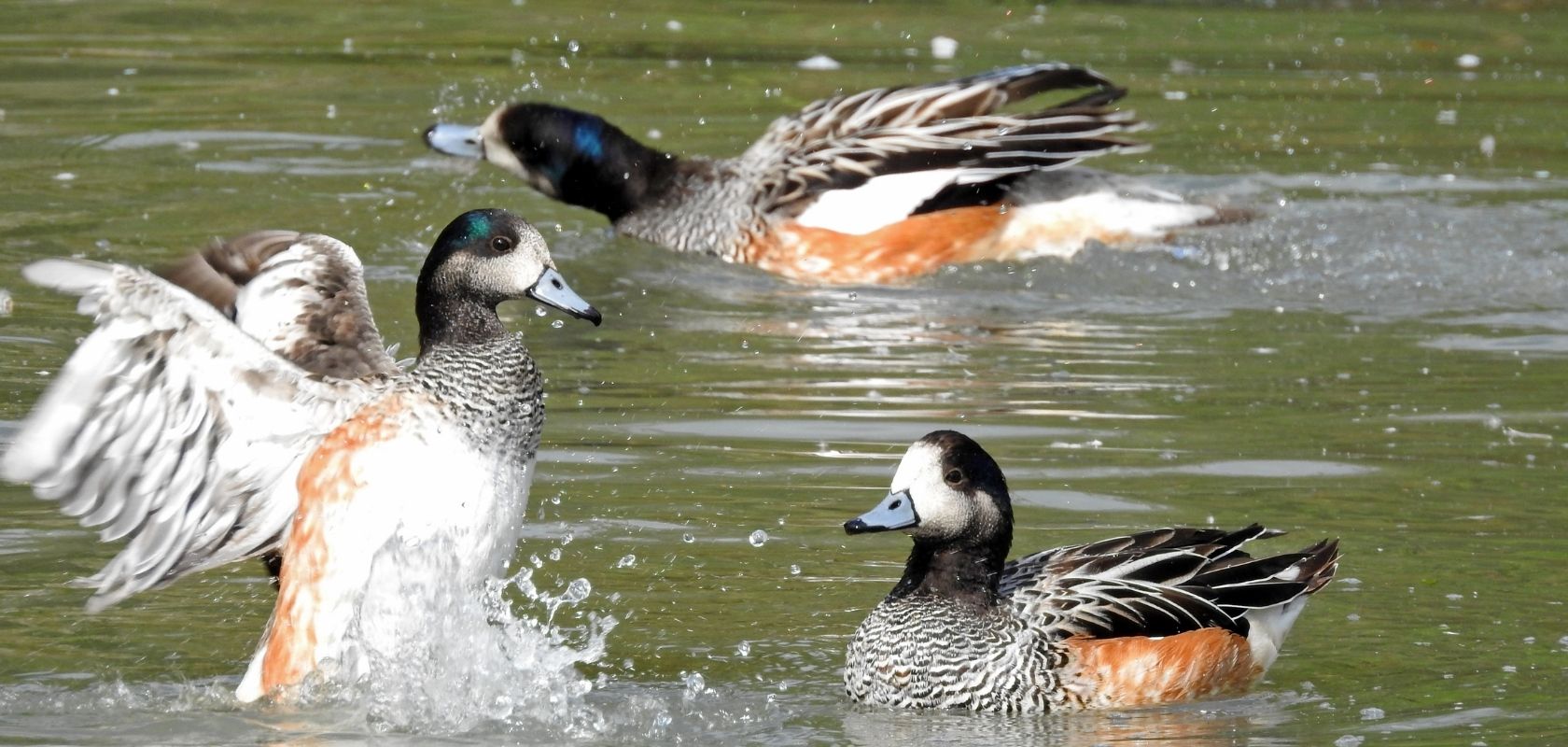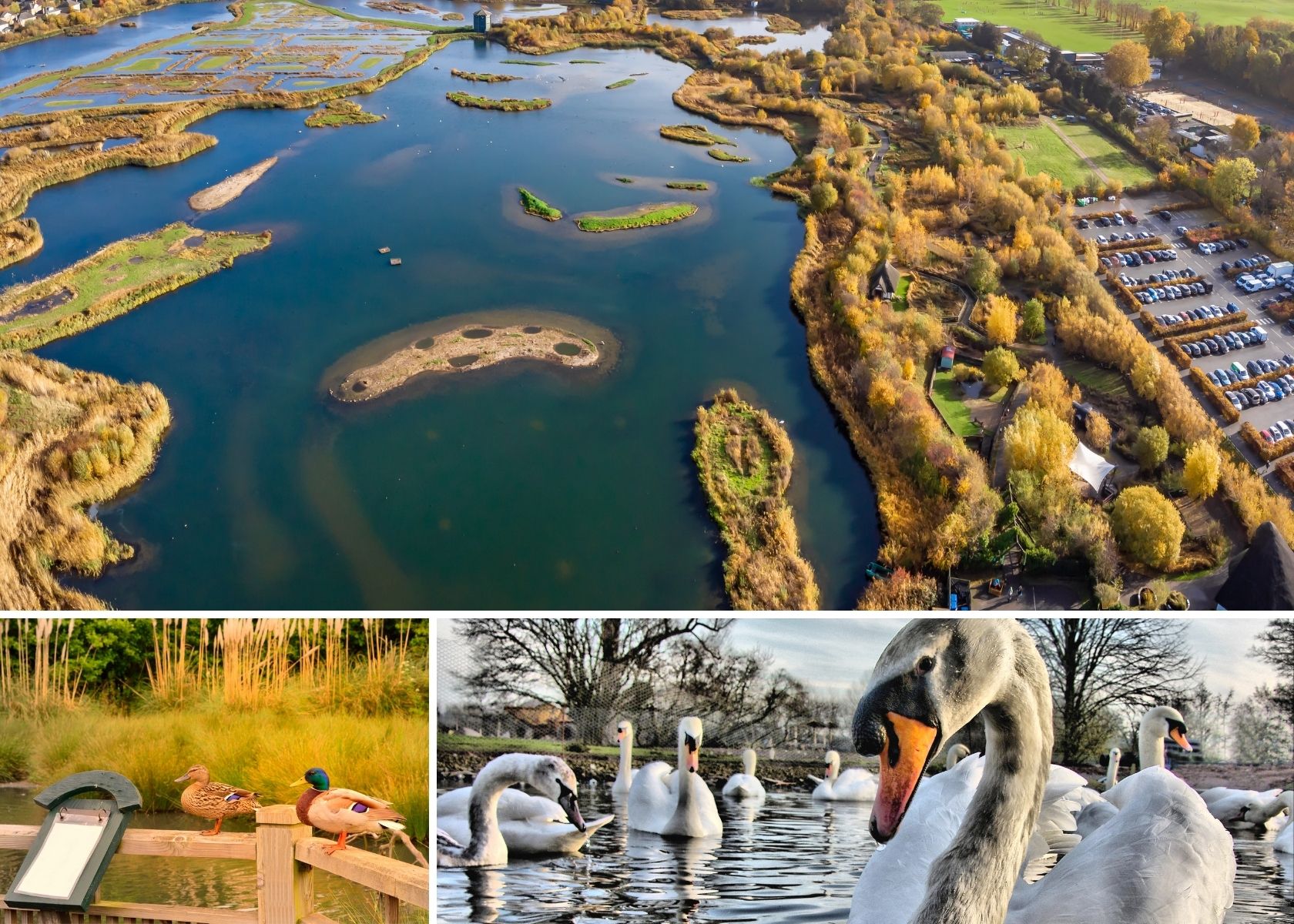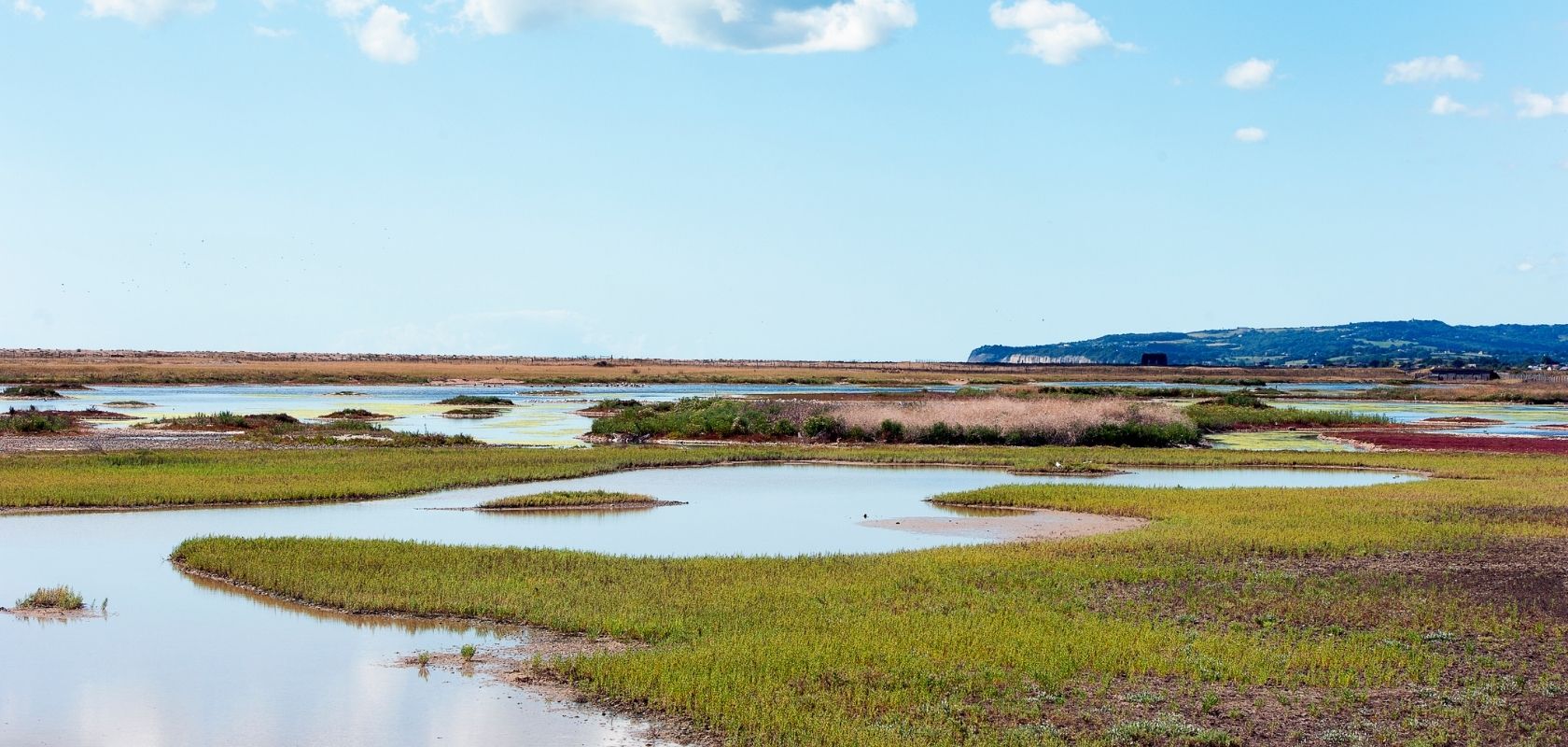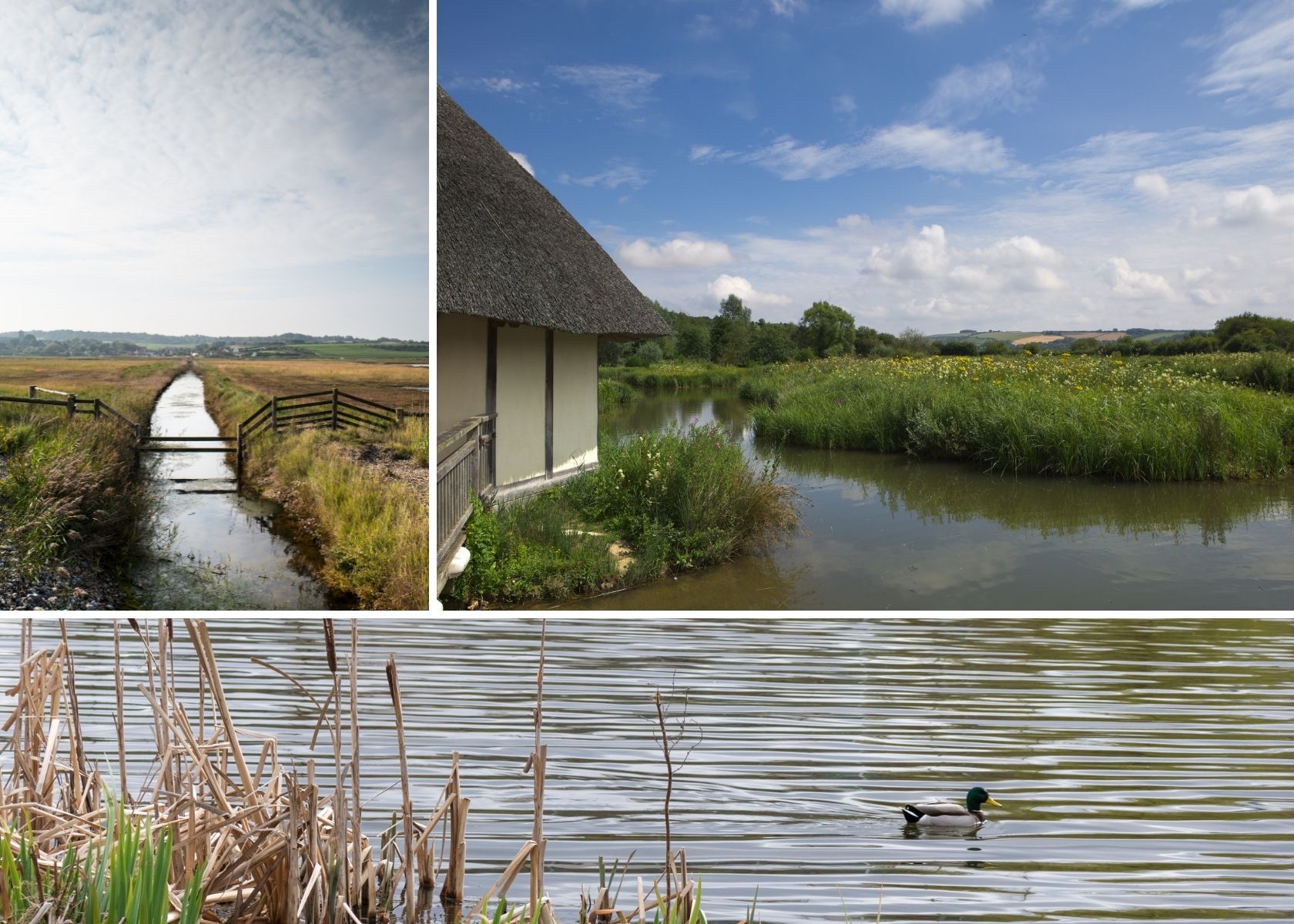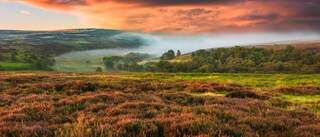Spanning over 450 acres, Llanelli Wetland Centre is a vibrant mosaic of lakes, scrapes, pools, streams, and lagoons adjoining the salt marshes and shoreline of the scenic Burry Inlet. Facing the beautiful Gower Peninsula, this diverse wetland habitat supports an incredible variety of wildlife and offers something for visitors of all ages.
Wildlife and Habitats
- A vital refuge for tens of thousands of migratory birds, including rare and endangered species.
- Little egrets, once rarely seen in Wales, are now commonly spotted at the centre.
- The deep-water lake teems with fish, attracting local otters and herons.
- Over 50,000 birds can be seen, including bitterns, glossy ibis, five native owl species, sparrowhawks, red kites, and goshawks.
- Other wildlife includes seals, otters, and rare soprano pipistrelle bats.
Visitor Attractions and Activities
- Exciting outdoor adventure playgrounds where kids can splash about in their wellies.
- The Swan’s Nest Maze offers a fun, family-friendly challenge.
- Water Vole City features winding tunnels for children to explore.
- Canoe safaris available in summer, allowing visitors to paddle through the wetlands.
- Regular events and workshops, including wildlife photography, bug hunts, and craft activities.
- Well-marked trails and bird hides provide excellent wildlife watching opportunities.
Facilities
- Onsite coffee shop serving hot and cold snacks and drinks, plus ice cream for kids.
- Wetlands shop offering gifts, books, toys, and bird care products.
- Free visitor parking and sheltered bike racks.
- Open 363 days a year, welcoming visitors year-round.
Why Visit Llanelli Wetland Centre?
- A rich blend of habitats including lakes, reedbeds, saltmarsh, wet woodlands, pools, and lagoons.
- Perfect for birdwatchers, families, photographers, and nature lovers.
- Offers a dynamic experience with seasonal highlights and changing wildlife.
- Educational programmes designed to inspire and engage visitors of all ages.
Llanelli Wetland Centre is a Welsh treasure, combining spectacular wildlife, engaging activities, and beautiful landscapes for an unforgettable wetland adventure.

